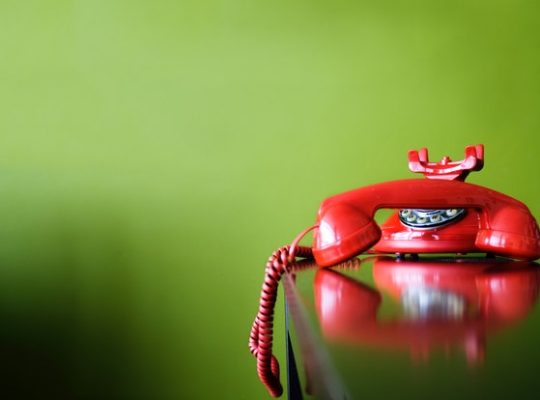
As the children’s book goes, the little train tried and tried until it succeeded. It’s a nice story, usually packaged with some lovely illustrations, but fairly targeted to children – or is it?
The underlying story is to never give up – this not only applies to children and adulthood, but also to business and marketing.
Advertising and Marketing many times relies on repeated exposure to messages. It takes a while for a message or a logo to sink into a consumers conscious. It needs to happen frequently and over a sustained period of time.
Ever wondered why an advertisement will come on television and is then repeated many times over the course of the program or night? It’s not that the broadcast network is struggling to sell spots, in fact, advertisers pay more to have their message repeated on a controlled basis over a relatively short time. It’s all about repetition so that the viewer will recall the message by some other stimuli.
Digital signage works along similar lines, message rotation is important in conveying a message, especially when the consumer dwell time is short. Billboards are placed on major transport routes so that you see them every morning when going to work, and (probably) every evening when going home.
Regardless of the message delivery format, the message construction is as important as the message itself. Unless you have constructed a 30 second television advertisement of a longer infomercial designed for some other streaming service, then your message needs to convey its message over a short period of time – typically 10 to 15 seconds. It is basically impossible for a customer to focus onto and then read copious amounts of words in a short period of time. If by chance they were able to read all the text, retention will be an issue, and the message itself will be compromised because the next message will immediately follow and a new focus and absorb session will start again. The best bet, for 10 to 15 second ads is to use simple animation or still images and few words. A picture tells a thousand words is never truer for high repetition short longevity advertising.
The next step is to repeat the message. It is an absolute waste of time and resources to have a 15 second ad display once and then never seen again. This is the classic mistake that many digital advertisers do. To work out your message rotation, calculate your expected customer dwell time, or the amount of time that you expect that they will be focused on the message. If you are only ever going to have 15 seconds in total to convey a message, then digital signage is not for you. It is cheaper to put up a poster.
Our research has shown that food and beverage retail outlets typically have 3 or 4 minutes to convey a message before the transaction is completed. With this in mind, a 10 to 12 screen rotation works brilliantly. Enough time to scroll through your messages. Additional emphasis can be accomplished by doubling up your ads, maybe with a slight variation, in your rotation program.
Ok, so the rotations have been set and the persistence sorted. Next consider your theme. Jumping between zigzags and polka dots might be colourful, but all you are doing is confusing your customers. Settle on a theme or style and stick to it throughout your rotations.
Although this article has been heavily influenced by digital advertising, the same applies to printed material. Use the same theme and persistence principles for all your advertising activities – print, store, email, etc.
I know I can, I know I can….






